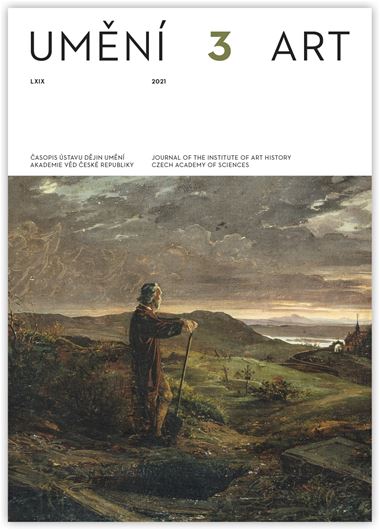Ján Bakoš
The End of Style?
In 1996 a seminal book of critical art history was published titled Critical Terms for Art History (Robert S. Nelson, Richard Shiff /eds/, Critical Terms for Art History, Chicago 1996). But ‘style’, one of the key terms in art historiography, was not to be found among the entries. The 50-year-long predicament of style had thus come to an end, with the term being excluded from the list of contemporary-art and art-history terms in current use. Paradoxically, this took place at a time when the term style was just starting to gain significance in philosophy and other humanities. (Caroline van Eck, James W. McAllister, and Renée van de Vall, The Question of Style in Philosophy and the Arts, Cambridge 1995). ‘Philosophy of style’ was seen as a means of constructing the truth and, as such, entirely appropriate to the relativism and pluralism of postmodernism. In fact, the term style never completely disappeared from either of these disciplines. Nonetheless, its centre of gravity shifted to encyclopaedias and dictionaries (The Grove Dictionary of Art, 1996; Encyclopedia of Aesthetics, 1998; Metzler Lexikon Kunstwissenschaft, 2003; Ästhetische Grundbegriffe, Historisches Wörterbuch, 2003). The authors of the entries on style (Elkins, Lang, Locher, Brückle) did not simply interpret it as a term formerly used in academic disciplines, but pointed to its continuing importance and currency, and not just as an essential tool for establishing authorship for the needs of the art market. They focused particularly on its usefulness in contemporary art — postmodern art — and on stylistic pluralism. But that entailed a shift away from the modernist view of style as coherent expression and towards an instrumental and polyphonic conception of style. The question of whether ‘style’ was both appropriate and useful in contemporary art was decided in 2003 when the second edition of Critical Terms for Art History was published, which once again featured the term style. The author of the entry (Jaś Elsner) concluded as follows: ‘If we abandon it entirely, we do so at our peril.’
Ján Bakoš: jan.bakos@savba.sk
Full-text in the Digital Library of the Czech Academy of Sciences:
https://kramerius.lib.cas.cz/uuid/uuid:3187d344-f4c4-4f3e-97ff-cb8fd6606c39
< back

